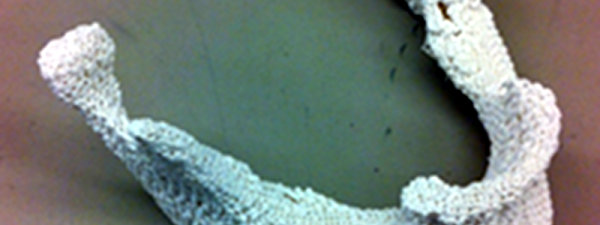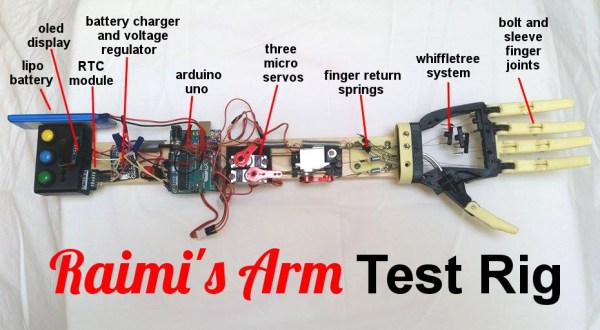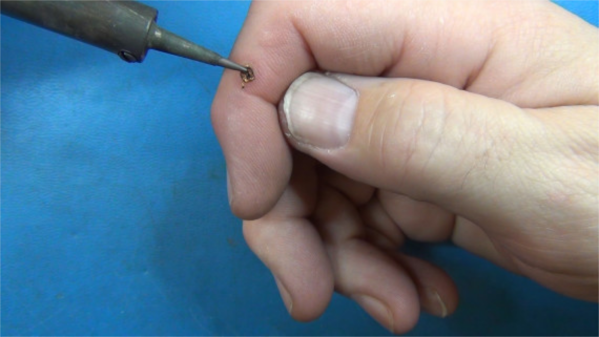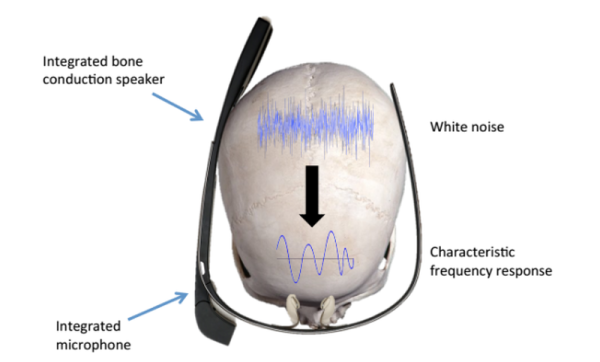Everyone who’s donated blood, gotten an intravenous (IV) line put in, or has taken a blood test knows that little bit of anxiety before the needle goes in. Will this be a one stick operation, or will the phlebotomist do their impression of drilling for oil while trying to find a vein? Some of us are blessed with easy to find blood vessels. Others end up walking out looking like they’ve been in a fight with a needle.
[Alex’s] wife girlfriend is a nurse who’s had trouble finding veins in the past. [Alex] is an automotive engineer by trade, more acquainted with oil lines than veins and arteries. While he couldn’t help her himself, [Alex] designed this 3D printed vein finder to help his wife girlfriend out at work. He started by studying devices on the market. Products like Veinlite use LEDs to illuminate the skin. Essentially these products are a string of LEDs and a battery. They are patented, FDA approved, and will set you back between $188 and $549 USD. [Alex] and his wife girlfriend couldn’t afford that kind of cost, so he built his own. Continue reading “DIY Vein Finder Shows You Where To Stick It”

















